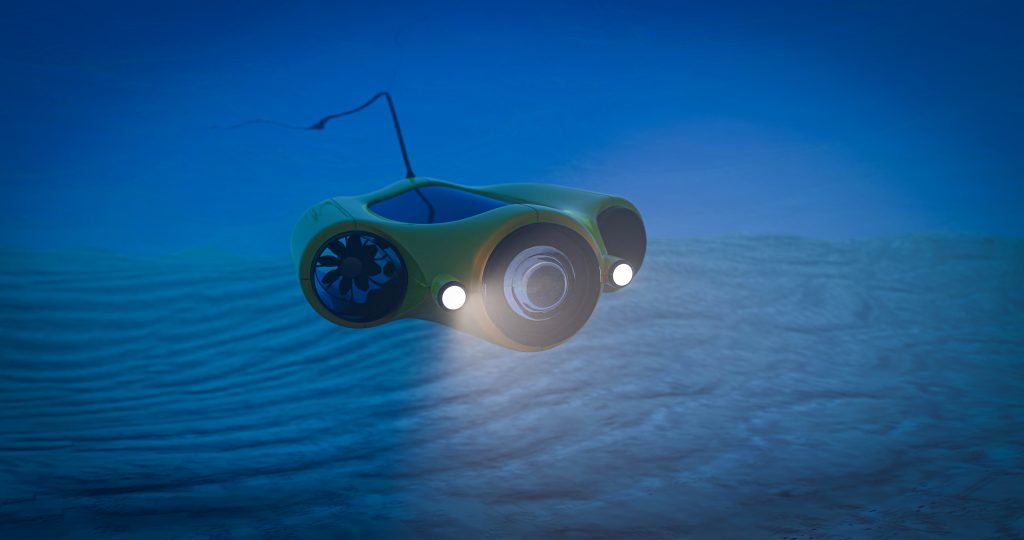If you’ve been following academic and media discussion of medtech innovation over the past year, you’ll likely have detected mounting excitement about the concept of theragnosis. A portmanteau of the words ‘therapy’ and ‘diagnosis’, theragnosis is a recently-emerged field focusing on the combined execution of diagnostic tests and targeted therapy on a patient.
Theragnosis is typically carried out through some sort of wearable device that is able to diagnose a condition in the patient, monitor the state of that condition, and automatically dispense medication at the required dosage in real time. For instance, advances in theragnostic research have led to the development of a contact lens-style wearable device that can measure an individual’s blood sugar levels and dispense insulin as required. Such a hybrid approach allows the condition of a patient to be monitored and autonomously remedied, eliminating the need for a doctor or nurse to carry out these tasks.
For patent attorneys, these ‘theragnostic’ techniques are particularly interesting because they bridge two technical fields which are constrained by certain patentability limitations under the European Patent Convention. In particular, the EPC excludes the possibility of securing patent protection for “methods for treatment of the human or animal body by surgery or therapy and diagnostic methods practised on the human or animal body” (Article 53 EPC).
This exclusion was written into the law so as to ensure that medical and veterinary practitioners are not inhibited in their diagnosis or treatment of patients by fears that their actions may put them in breach of somebody else’s intellectual property rights. In respect of diagnostic methods in particular, the European Patent Office’s Enlarged Board of Appeal (EBA) has stated that the aim is for medical and veterinary practitioners to be “free to take the actions they consider suited to diagnose illness by means of investigative methods”.
So how are theragnosis innovators to protect their work? Luckily, Article 53 EPC does clarify that the exclusion of patents for methods of diagnosis or therapy does not extend to the devices used to execute those methods – “this provision shall not apply to products, in particular substances or compositions, for use in any of these methods”. Theragnostic devices are therefore protectable under the EPC and we are likely to see a rise in numbers of patent applications for such devices.
However, a literal application of Article 53 EPC would exclude patentability of theragnostic methods. A patent directed to a device is not necessarily as valuable if the hardware is all that can be protected and a third party can use the same method to the same effect using a different device. This does point to a possible need to revisit Article 53 EPC and the motives for the legal exclusion if innovators are to be encouraged to patent – and therefore disclose – their theragnosis inventions, rather than keeping them secret.
As noted above, Article 53 EPC was drafted with human practitioners in mind, not computers or algorithms. But as more and more processes become automated through the use of autonomous devices such as theragnosis devices, it’s quite possible that the need to ensure that human practitioners are not inhibited by patents and remain free to take the course of action they deem best will become outdated, and that much less consideration of the state of mind of that human practitioner will need to be given in the drafting of future patent frameworks. And it’s not just theragnosis innovators who would stand to benefit from changes to the patent framework in light of the increasingly widespread automation of medical processes. As my colleague Mark Aldred has written, machine learning is set to be at the heart of much medtech innovation in the future. With the medical technology sector transforming so rapidly, could we see in the near future a revised framework for the subject-matter exclusions?
If you have any questions on this article, get in touch with Alan Murphy, via alan.murphy@gje.com.

